Vicky has been cooking for FoodSt for almost two years, and has built a loyal following of customers that snap up her handmade Chinese food, including her bestselling Wonton Dumplings with Broth almost as quickly as they are made.
Vicky's Father is her greatest inspiration when it comes to food, he taught her everything when it comes to cooking.
So, today on the first day of the Chinese New Year celebrations we thought it would be a great time to interview Vicky about her Chinese background and what the New Year celebrations mean to her.

Vicky, Home Cook
Can you tell me a bit about your background, family and hometown?
I come from a small city in Indonesia called Pontianak in West Kalimantan. Our family is of Chinese descent with my Father of Chinese Hakka ethnicity. I have four siblings, and I am the fourth, I have two brothers and two sisters.
Indonesia is the country with the largest Muslim population but Chinese New Year has been designated as a National Holiday. Pontianak is unique because the Chinese population is quite large, so Chinese New Year celebrations are very big there.
My Father is a very skilled cook and always cooks for our family. My earliest memories are of following him around the kitchen as his mini kitchen-hand. He cooks Chinese food and specifically Chinese Hakka Cuisine, which is one of the many regional variations of Chinese cuisine.
What are some of your earliest memories of celebrating Chinese New Year with your family?
Since we were little we always celebrated Chinese New Year with joy and excitement in Pontianak. Chinese New Year is a highly anticipated and special celebration for every Chinese family, including ours. My parents would start saving and preparing for this celebration well in advance.
The very first thing to prepare is new clothes for at least 3 - 4 days if possible. Everything must be new, from underwear to shoes and hair accessories. Many Chinese New Year traditions relate to prosperity or bad luck, as an example we wear new clothes to get rid of bad luck and bring prosperity and good things.
In those days it was not easy for us to buy ready made clothes for my siblings and I, so my Mum would sew all the clothes for us, meaning preparations well and truly started in advance!
I remember on New Year's Eve, us children would always sleep late because we were so excited and helped my mother to prepare our new clothes, underwear and shoes, we would fold them neatly for the next day.
My mother would guide us and choose the very best clothes to wear on the first day, it had to be red or pink in colour. Red is symbol of joy, happiness and prosperity. Certain colours have to avoided for Celebrating Chinese New Year, like black which symbolises gloom and white is the colour of sorrow.
What are the most significant traditions or customs that your family follows during Chinese New Year?
Apart from new clothes, the two most significant traditions are the food, of course, and getting Angpau, which is the red envelope with money inside! The tradition of giving angpau is to show affection, attention and share good fortune and respect.
Angpau are given to children or unmarried adults, but married children also give Angpau to their parents as a sign of respect and devotion. Even though we are far away here we still send Angpau to our parents in Pontianak.

Angpau are given at Chinese New Year
When it comes to food, the big family meal is always on New Year Eve, where the whole family gathers and when my Father would cook and serve special dishes typical of Chinese New Year celebrations. These dishes were so delicious and quite luxurious for our family at that time. In those days we even raised and slaughtered the chickens ourselves.
There are many beliefs and taboos regarding Chinese New Year. For example, the entire house has to be cleaned before New Year to get rid of bad luck and can't be swept for three days so as not to take away the fortune that has come in.
Can you tell me more about the food for Chinese New Year?
Chinese people believe that food for the big New Years Eve meal must be a complete banquet with various kinds of meat including chicken, beef, pork, seafood such as fish, prawn, squid, sea cucumbers, scallops, many vegetable dishes such as Chinese Broccoli, and many kinds of soups and noodles.
We also prepare various cakes, biscuits and snacks to last for at least one week, because every family will open their house for three consecutive days, and visit each other to wish Happy New Year and prosperity to each other.
As children we really enjoyed the period of visiting our relatives and friend’s houses because we hoped to collect lots of red packets (Angpau) 😃.
Usually on the first day the priority is to visit the most senior relatives and then others like aunties, uncles or friends. At every house we will be served desserts and drinks, just the same as when they come to visit us.
Could you describe the traditional dishes that your family prepares for Chinese New Year? What’s your favourite?
Yes there are many! Some of my favourite dishes are Braised Sea Cucumber, Braised Pork Belly with Preserved Vegetables, BBQ Pork and Steamed Fish. I also really love Prawn Cakes which are made of minced prawn, minced pork, wrapped with tofu skin, steamed and then fried.
Some of our cakes are also symbolic, like the sticky cake called Kue Keranjang (Indonesian). Kue means cake and keranjang means basket. The symbolism of this special cake is that family sticks together, it means togetherness, helping and supporting each other.

Kue Keranjang or Basket Cake
My parents used to make it by putting some hole in the bottom of a can and then covering the inside with lots of banana leaves. Then filling it with the mixture of flour, sugar and water before steaming it for several hours until it sets and is hard and sticky. You can eat it just like that or, in our hometown people like to slice it thinly and pan fry it with butter. It’s delicious with a cup of tea.
Another popular cake is the Stripe Cake or Thousand Layer Cake (Kue Lapis). This is made with specific expensive ingredients including preserved Dutch butter. Making Kue Lapis takes a lot of patience and skill as each layer has to be baked with the right temperature and timing.This cake symbolise of layers of fortune and prosperities.

Stripe Cake, or Thousand Layer Cake - Kue Lapis
Another must-have are Pineapple Cookies! These cookies are filled with pineapple jam, the yellow/golden colour jam is believed to bring luck.


Pineapple Cookies
How have modern influences or living in a different country impacted the way your family observes Chinese New Year?
When we moved to Australia my husband and I tried to maintain the tradition of celebrating Chinese New Year, but of course, it was very different because we don’t have family here. It's particularly difficult if New Year falls on a weekday as we can't celebrate in a very special way. If this happens we celebrate it after the big day by gathering with our family and friends from Indonesia and we continue to implement the tradition of giving Angpau.
I hope this tradition can be continued and celebrated even by my children with their family in the future, because the many philosophies and meanings in it unite and strengthen the family.
You can browse and order from Vicky's menu here which includes her Wonton Dumpling Soup and her Mie Ayam and Indonesian Beef Rendang. Or browse our collection of over 100 homemade meals, all authentically made to family recipes and cooked in small batches, and frozen, ready to be delivered to you here.
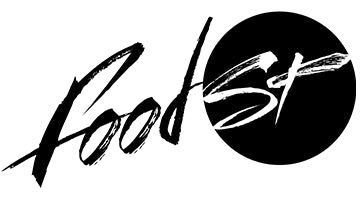

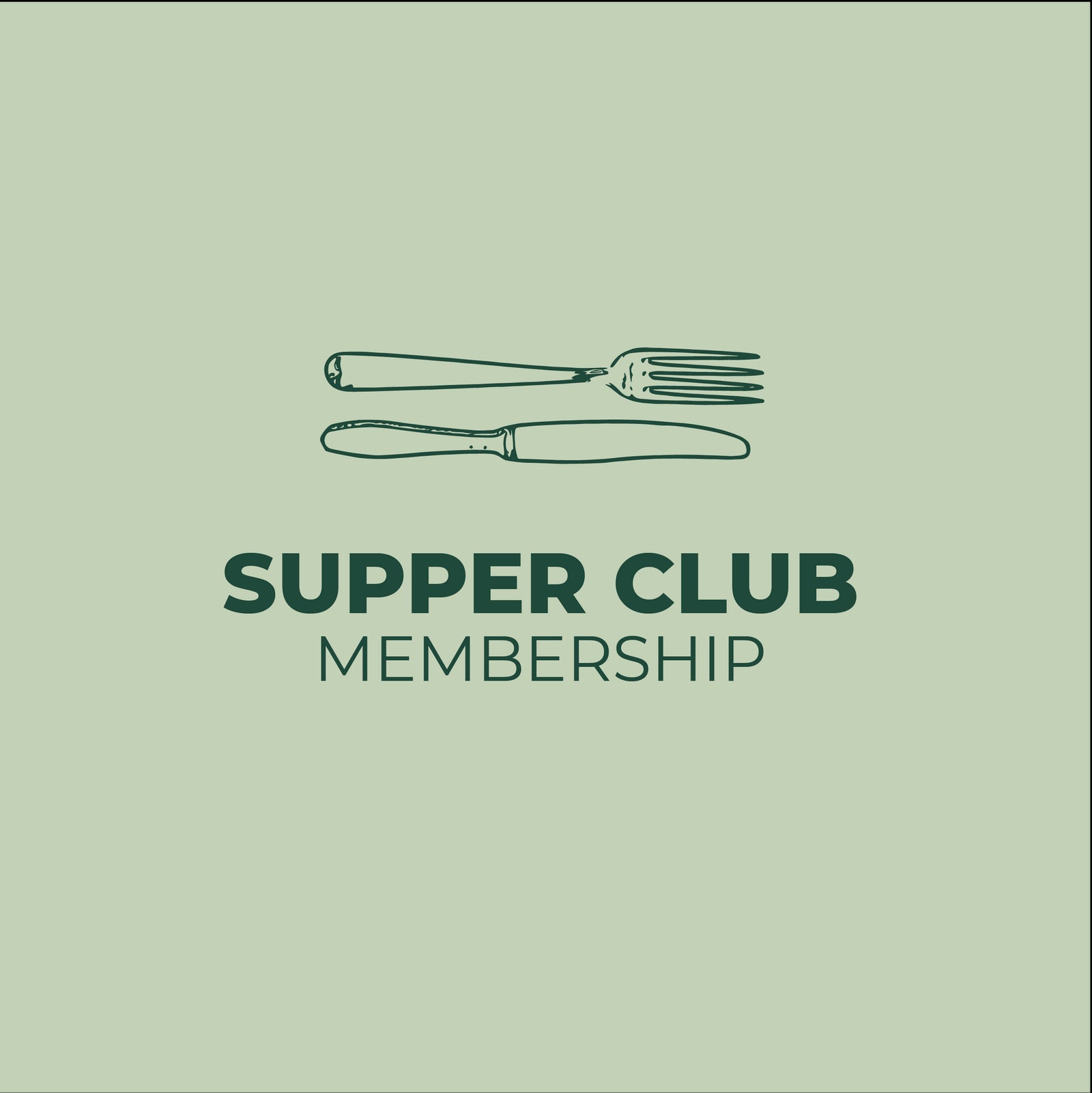
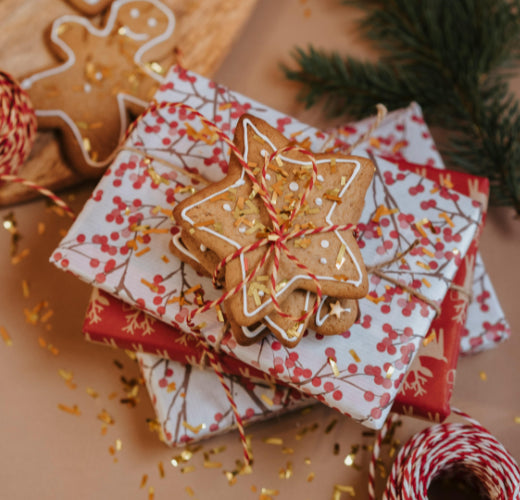
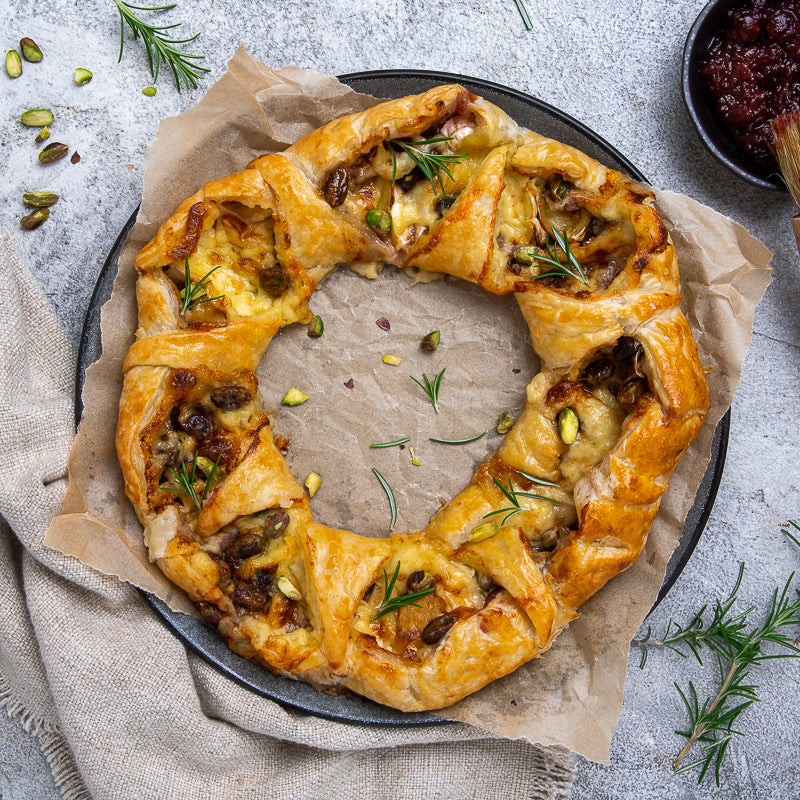
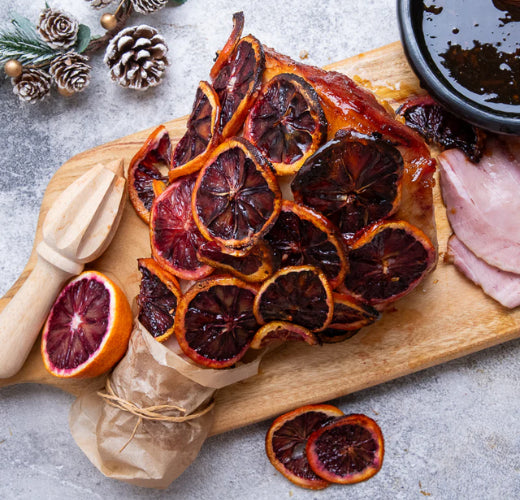
Leave a comment (all fields required)